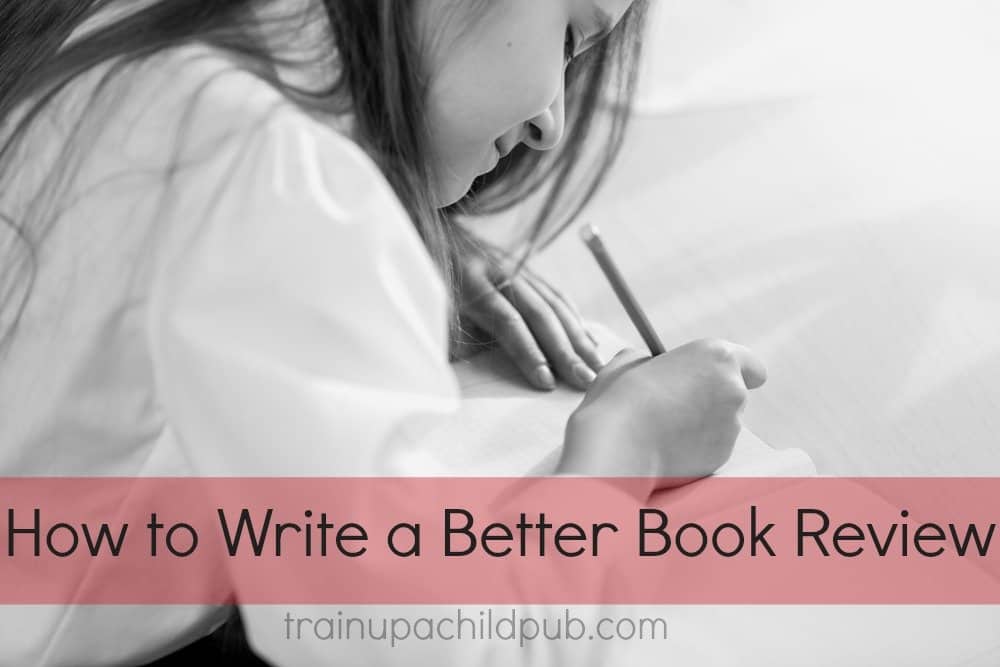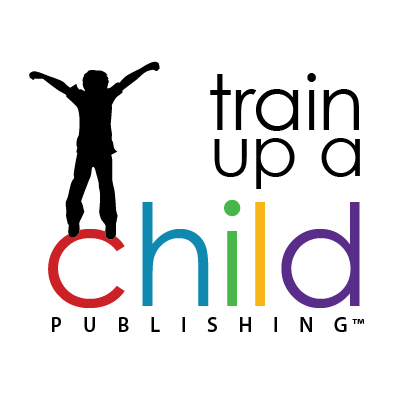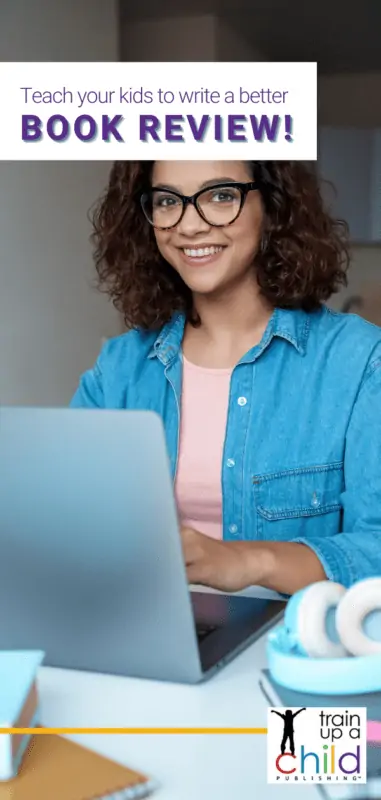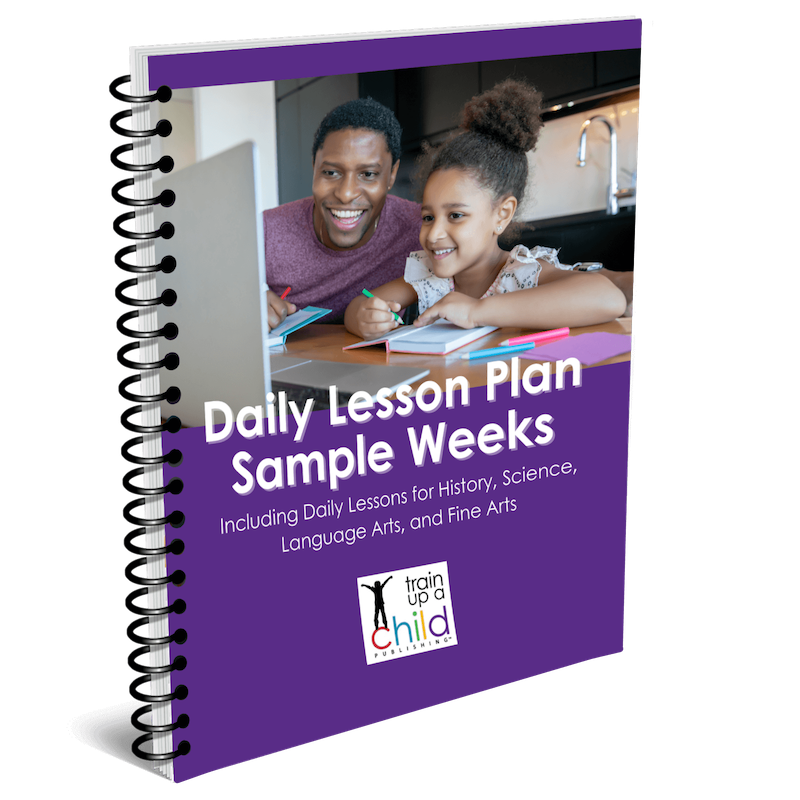How to Write a Better Book Review

For many students, one of the hardest parts of writing is trying to come up with what to write. And if you tell your student to go write a book review on a boring book… you are going to get a boring book review. But if you assign your students to write a book review on a well-loved, compelling, inspiring book… this sounds like a lot more fun. Much less painful… and sometimes your student may actually become so engrossed in what he is writing about he forgets that he doesn’t like to write! So teach your child to write a better book review by first choosing a favorite book.
Writing a book review over a favorite book is something your students might actually enjoy.
Choosing the right book
If you’ve read this blog a while you know we used and recommend literature-based homeschool curricula, so our homeschooling was all about books. About grand stories. Stories that had heroic characters overcoming great odds. Books that dripped with excitement and immersed our kids in long ago or far away cultures. (Here are some of our favorites.) We spent time daily reading aloud as well as reading individually.
If your family loves books as much as we do, your students probably have some favorite books they get excited just talking about. Our kids in their twenties and thirties still remember some of our favorite books!
Three Elements of Writing a Better Book Review
So the first part of how to write a better book review is choosing a well-loved, exciting, or moving book. The second part is to write it for the purpose of getting someone else to read it. Since we naturally WANT to share about the exciting/thrilling/amazing book we just finished, this kind of book review is much easier to sell and much more fun to write.
A third part of this assignment is posting the review on Amazon.com afterward! Who doesn’t want to see their work published?!
Note: This lesson today is taken from the Ancients unit of our Middle School-1 Daily Lesson Plans but could easily be adapted for younger or older students.
How to Write a Better Book Review – Step by step
In this book review, your student will need to answer the following:
- What’s the story about?
- Describe the main problem (conflict) in the story.
- What do I like best about this story, and/or,
- How did I change as a result of this story?
- What’s the main theme or message of this story?
(Note: for many students, especially younger ones, it is very helpful to talk through the answers to these questions ahead of time. Either the student and or teacher may take notes for the student to use when actually writing the review.)
1. The first paragraph should be an introductory paragraph, including the title of the book and the author’s name. This should be followed by a few overview sentences stating why another student would want to read the book. (i.e., It was one of the most exciting stories…/…had one of my favorite characters/…had an inspirational ending/…was about my favorite subject or period of history, etc.)
2. The next paragraph should tell what the story is about and include the main conflict, or problem, of the story. (An example from the book Hittite Warrior: A young Hittite, Uriah, makes a promise on his father’s death bed and has to travel alone to foreign lands in search of a man named Sisera, whom Uriah hopes will take him in.)
3. In the following paragraph, your student should tell about his favorite parts of the book. A few incidents will be enough–caution him about writing down too many parts or going into too much detail here.
4. The last paragraph should include the main message of the book and should restate what the book meant to him or what he learned from reading it. Your student may want to add one final statement about why someone else would want to read this book.
Additional points:
- Be enthusiastic!
- Don’t forget to remind your student that even professional writers have more than one draft, so he is likely to have that, too.
- Always encourage self-editing. You might want to create a self-editing checklist like the one we include in our curricula. This checklist can be filled out by the student and turned in with his paper. (As your student grows older, with regular practice, he should get better at editing his own work.)
- If your student enjoys drawing or painting, encourage him to include an illustration with his review.
- This assignment could also be done as a part of a lapbook. (If you currently use our Unit Program Tools, lapbooks are explained in the Tools section of the manuals.)
- If you are using these instructions with an older student, you could use this opportunity to teach/reteach the elements of literature such as plot, characterization, theme, setting, conflict, climax, and resolution.
- Lengthen the number of paragraphs required according to the age and writing experience of your student.
With just a few tweaks, you can make a normal dry book report into a better book review! (Something much more fun to read and to write!)
Have fun!
![]()


